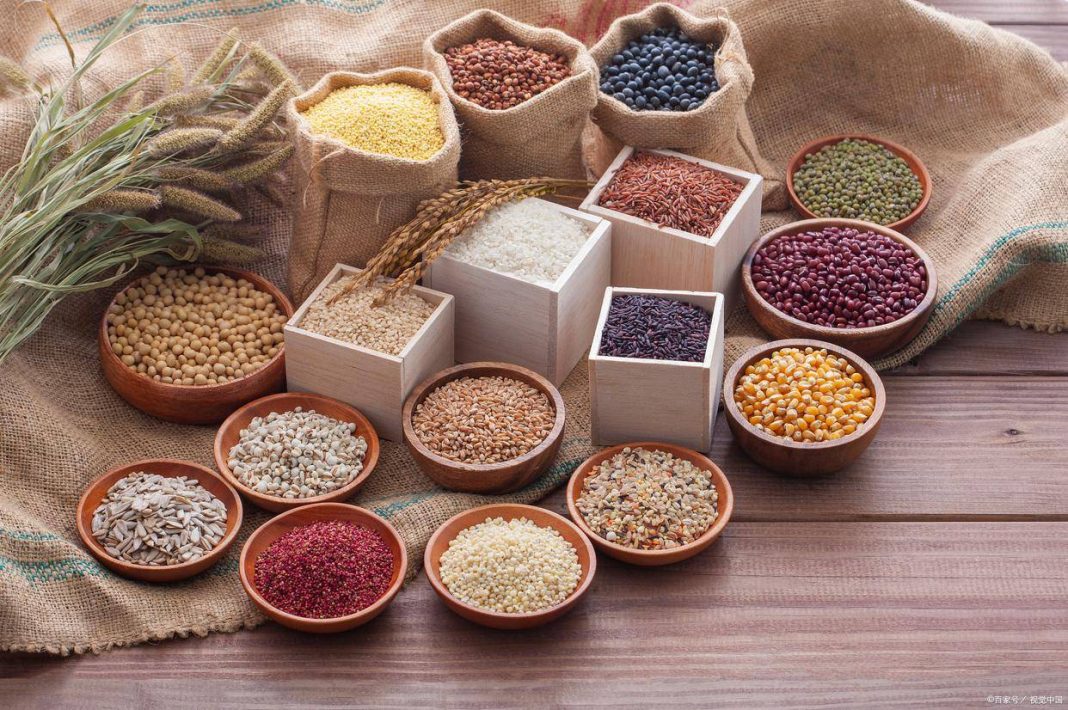As age increases, the physical functions of middle-aged and elderly people gradually decline, and the digestive system also becomes more fragile. Therefore, in daily diet, choosing suitable food becomes especially important. Coarse grains, as a nutritious and easily digestible food, have undeniable benefits for middle-aged and elderly people. Below, I will recommend five types of coarse grains that are suitable for middle-aged and elderly people to eat regularly, helping to nourish the stomach and lay a good foundation for the summer.
1. Oats
Oats are a low-sugar, highly nutritious, and high-energy food, rich in dietary fiber, protein, B vitamins, and other nutrients. For middle-aged and elderly people, oats have various benefits such as lowering blood sugar, reducing cholesterol, and preventing cardiovascular diseases. Additionally, oats provide a good sense of fullness, helping middle-aged and elderly people control food intake and reduce gastrointestinal burden.
When consuming oats, you can choose to mix oat flakes with milk, soy milk, or other beverages, or add oat flakes to congee for cooking. Moreover, there are various oat products available in the market, such as oat cookies, oat bread, etc., which are good dietary choices for middle-aged and elderly people.
2. Corn
Corn is a nutritious coarse grain rich in protein, fats, vitamin E, potassium, magnesium, and other nutrients. For middle-aged and elderly people, corn has functions such as invigorating the spleen and appetizing, clearing dampness-heat, and benefiting the liver and gallbladder. Furthermore, the dietary fiber in corn can promote intestinal peristalsis, helping middle-aged and elderly people relieve constipation issues.
When consuming corn, you can opt to eat boiled corn directly or prepare dishes by cooking corn kernels with other ingredients. For example, you can stir-fry corn kernels with bell peppers, carrots, and other vegetables for a rich-textured and nutritionally balanced meal.
3. Millet
Millet is a highly nutritious coarse grain rich in protein, fats, carbohydrates, B vitamins, and other nutrients. For middle-aged and elderly people, millet has functions such as invigorating the spleen and stomach, tonifying weakness, harmonizing the middle, and benefiting the kidneys. Additionally, millet is rich in tryptophan, which helps regulate sleep quality, especially crucial for middle-aged and elderly individuals.
When consuming millet, you can cook it into porridge. Millet porridge is not only easy to digest and absorb but also has the function of nourishing the stomach and moistening dryness. During the porridge-making process, you can add ingredients like red dates and goji berries to enhance the nutritional value of the porridge.
4. Brown Rice
Brown rice, as compared to white polished rice, retains most of the nutrients of the grain, including dietary fiber, minerals, vitamins, etc. For middle-aged and elderly people, brown rice has functions such as invigorating the spleen and stomach, tonifying the middle and benefiting qi, invigorating essence, and fortifying determination. Furthermore, the dietary fiber in brown rice can promote intestinal peristalsis, aiding middle-aged and elderly individuals in relieving constipation issues.
When consuming brown rice, you can choose to cook a mixture of brown rice and white polished rice to reduce the hardness of brown rice. Additionally, brown rice requires a relatively longer cooking time and patience. Brown rice can also be made into rice balls, sushi, and other delicious and healthy foods when combined with other ingredients.
5. Buckwheat
Buckwheat is a highly nutritious coarse grain rich in protein, dietary fiber, vitamin E, potassium, magnesium, and other nutrients. For middle-aged and elderly people, buckwheat has functions such as invigorating the spleen and aiding digestion, expelling gas, broadening the intestines, detoxification, and healing wounds. Moreover, buckwheat has effects on lowering blood sugar and cholesterol, which plays a significant role in preventing cardiovascular diseases.
When consuming buckwheat, you can mix buckwheat flour with wheat flour to make various noodle dishes such as noodles, steamed buns, etc. Additionally, buckwheat can be cooked with other ingredients to make buckwheat porridge or buckwheat rice. When eating buckwheat, it is essential to pay attention to a balanced combination with other ingredients to ensure nutritional balance.
In conclusion, for middle-aged and elderly people, regularly consuming these five coarse grains not only helps nourish the stomach but also lays a good foundation for the summer. When consuming coarse grains, it is important to consider the balanced combination with other ingredients to ensure nutritional balance and avoid overeating to prevent increasing gastrointestinal burden. I hope these suggestions are helpful to everyone.


